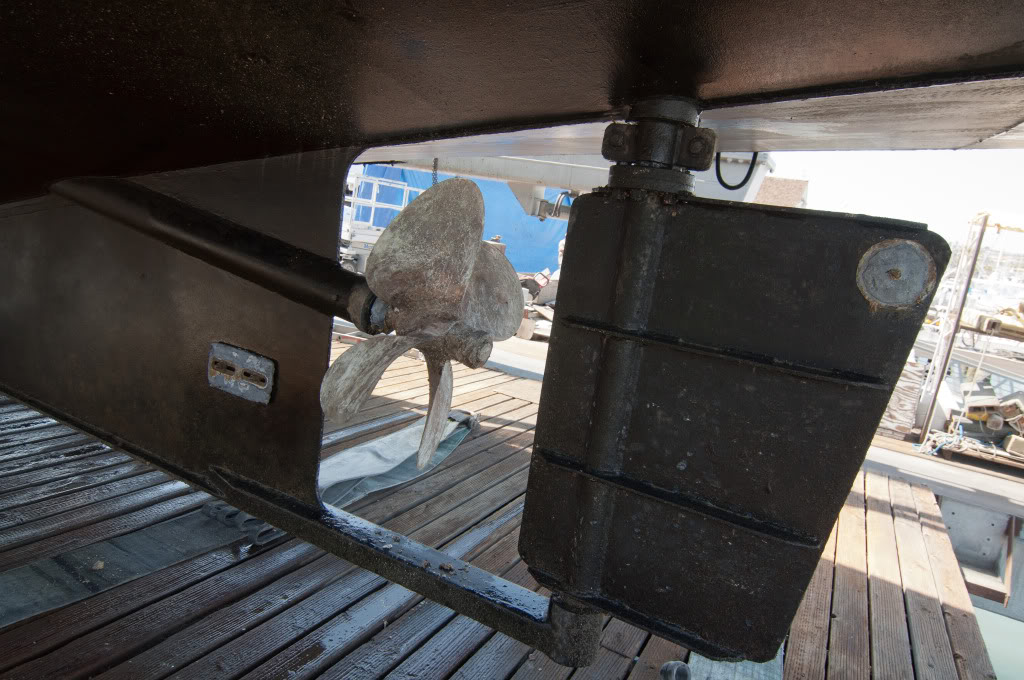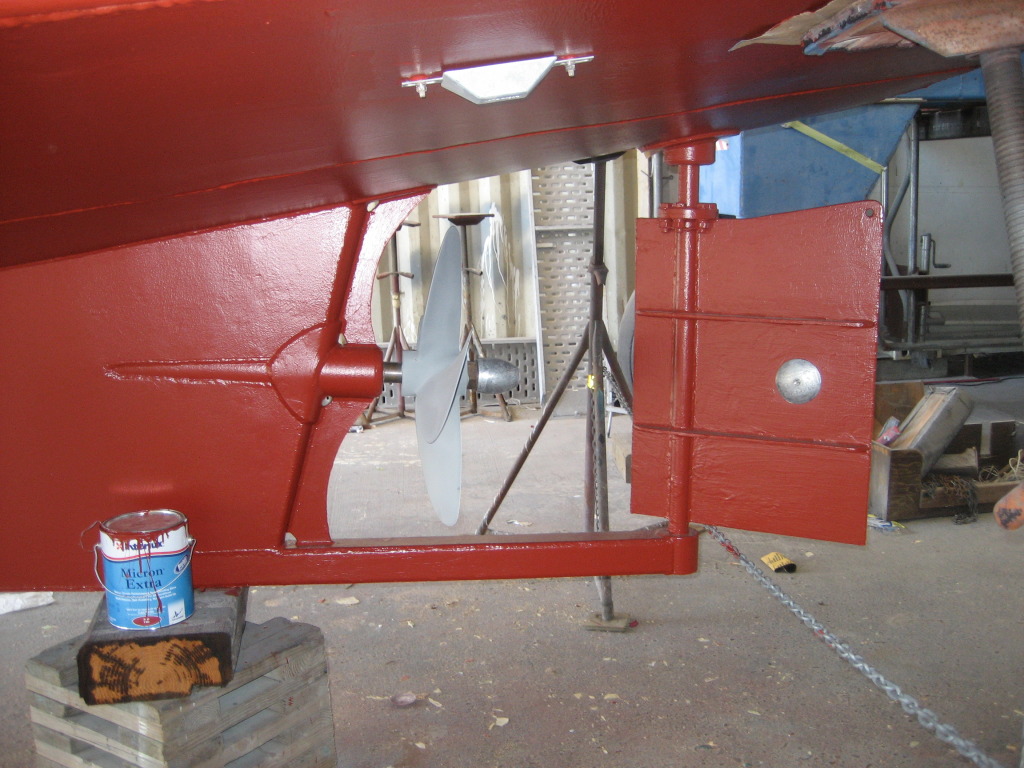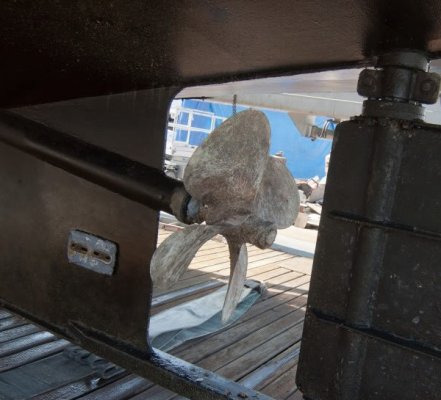Rsysol
Senior Member
- Joined
- Aug 22, 2011
- Messages
- 104
- Vessel Name
- Antipodes
- Vessel Make
- Yachtsmiths
We do, did 5,000 miles to Mexico and back and now heading to Alaska in 2015.
Like others have said, it's all about your comfort level and maintenance abilities. My wife thinks I have a girlfriend hidden in our engine room I spend so much time there. Mostly doing inspections of all things breakable.
Since we have a fully protected prop, we worry less (but still a lot in our minds) about wrapping the prop, one advantage to a single. Cutters would certainly help and we are installing this winter prior to heading up the coast to the inland passage.
I have also developed a spreadsheet that automatically reminds me of my maintenance schedule. I have daily (when cruising), monthly, quarterly and items based on the engines hours that constantly remind me of the tasks to complete. So far so good.
We do also have lots of safety gear on board including a sea anchor if we do get disabled. The prior owner did use this once when he got wrapped in bad weather. We have scuba & hooka gear on board as well.
Our future plans are to take Antipodes around the world. YMMV.
Like others have said, it's all about your comfort level and maintenance abilities. My wife thinks I have a girlfriend hidden in our engine room I spend so much time there. Mostly doing inspections of all things breakable.
Since we have a fully protected prop, we worry less (but still a lot in our minds) about wrapping the prop, one advantage to a single. Cutters would certainly help and we are installing this winter prior to heading up the coast to the inland passage.
I have also developed a spreadsheet that automatically reminds me of my maintenance schedule. I have daily (when cruising), monthly, quarterly and items based on the engines hours that constantly remind me of the tasks to complete. So far so good.
We do also have lots of safety gear on board including a sea anchor if we do get disabled. The prior owner did use this once when he got wrapped in bad weather. We have scuba & hooka gear on board as well.
Our future plans are to take Antipodes around the world. YMMV.




